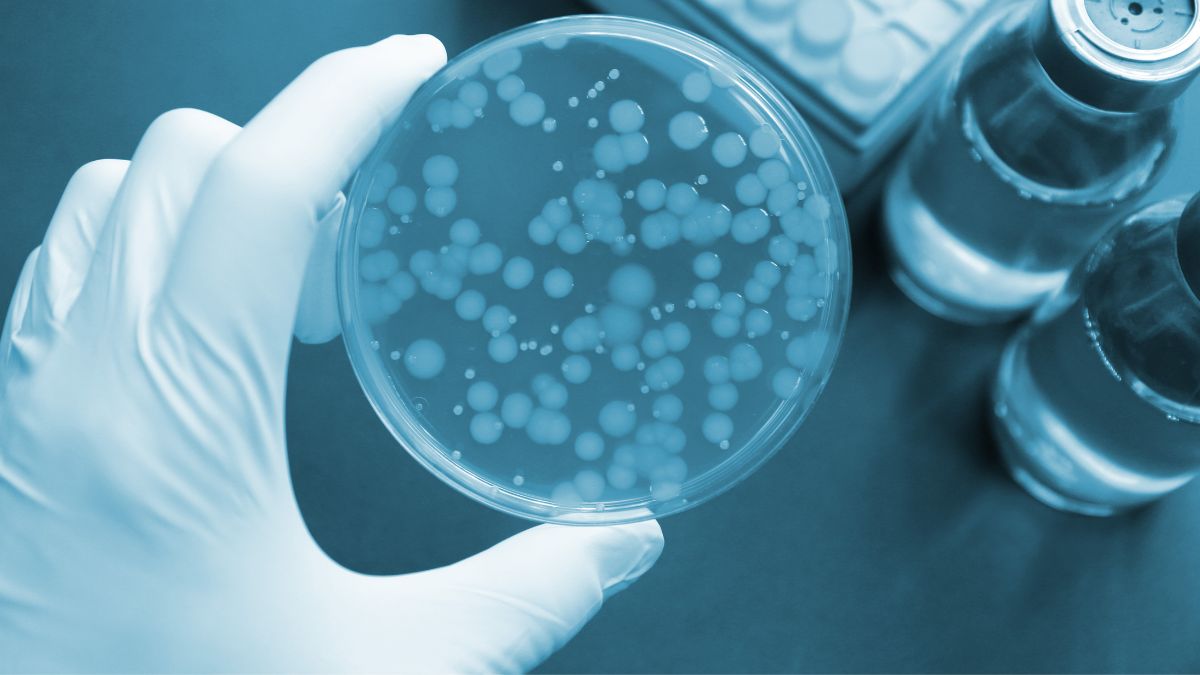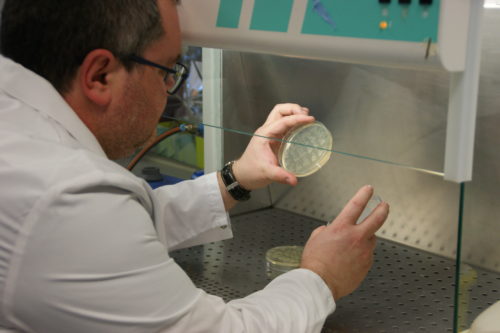Common lung bacteria team up to evade immune defences
A study led by the Institute for Bioengineering of Catalonia (IBEC) and the Universitat Autònoma de Barcelona (UAB) has uncovered how co-infection by Pseudomonas aeruginosa and Mycobacterium abscessus, two common lung pathogens, can suppress immune responses and worsen outcomes in patients with respiratory diseases. The findings, published today in the journal Virulence, provide new insight into why polymicrobial infections are particularly difficult to treat and open the door to new therapeutic strategies.





